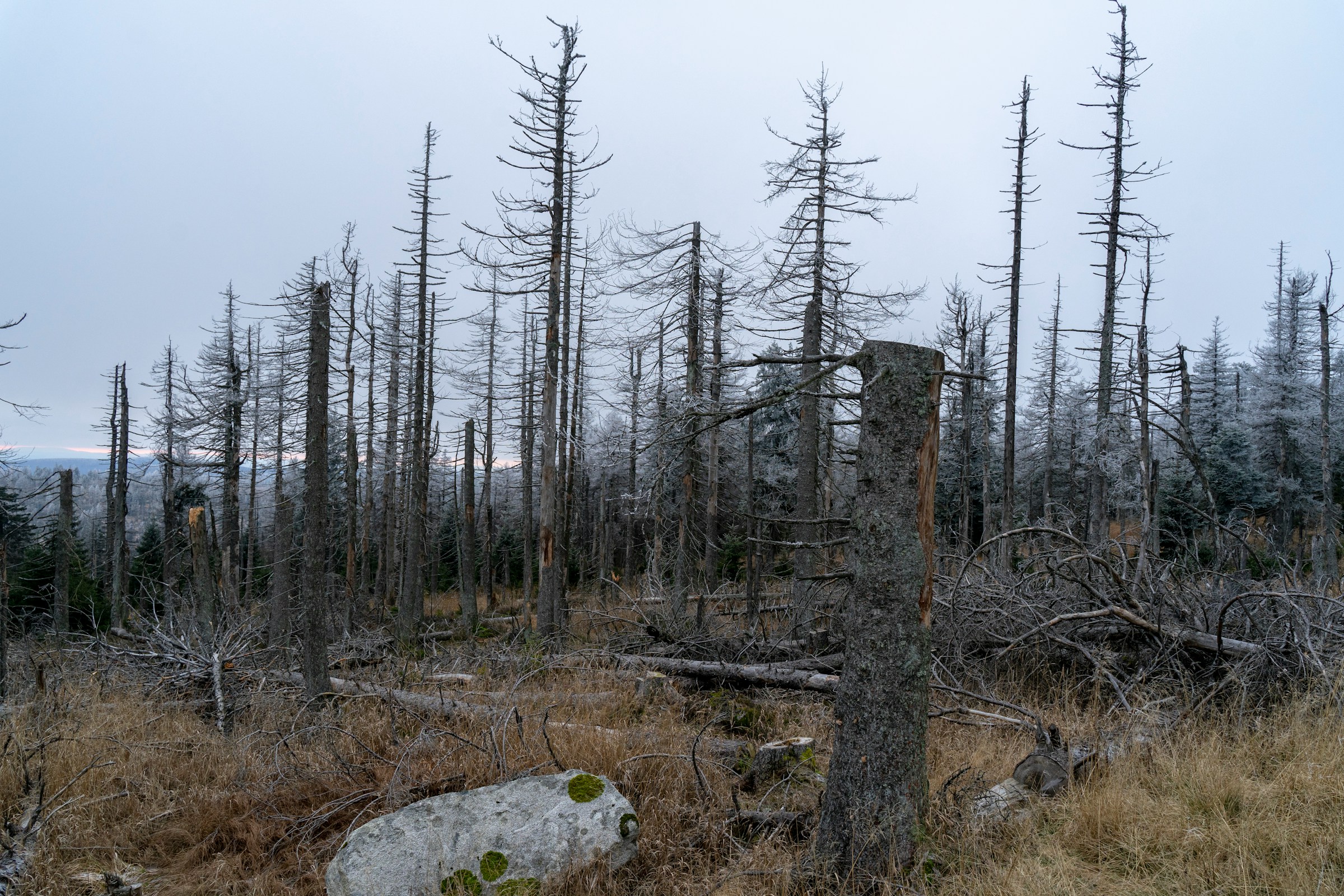Quantifying what a “unit” of biodiversity restoration is (this isn’t easy, but organisations like Plan Vivo Foundation are tackling this well). Equivalency: everyone now agrees that it's impossible to equate biodiversity damage in one place with restoration somewhere else (this is not new and has been a long-standing issue with other tools like biodiversity offsets).


Dr Samuel Sinclair has outlined these and other challenges, and I agree with many of his points. The problem is that many corporations aren't happy simply donating to NGOs. They want clarity on how money is used, who they should work with, and how to communicate their projects in sustainability reporting. Robust nature credits can help solve this.
Third-party verified nature credits offer structure in a way that most donations don't. Companies can do proper due diligence and report impacts clearly, sharing how they've reduced negative impacts and transparently invested in verified biodiversity benefits. That’s why I'm encouraged to see the EU building a "Nature Credits Roadmap" to boost private finance for nature restoration. The market is still finding its feet, but Okala is proud to be supporting partners that are scaling up nature restoration using every available financing mechanism.
